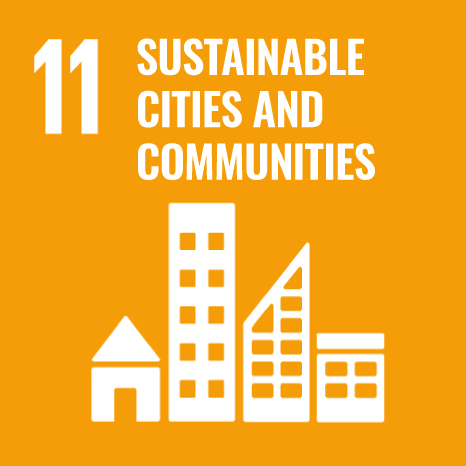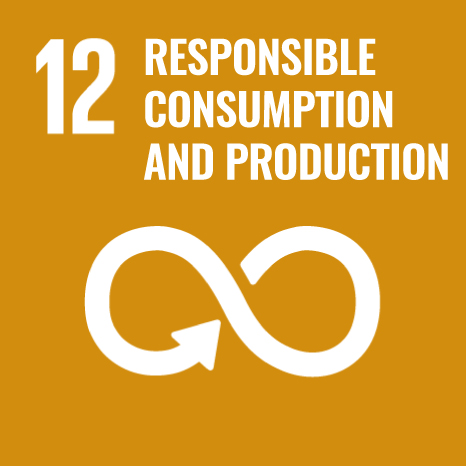Towards an Efficient and Sustainable
Mobility in Uruguay
What is MOVÉS?
Project components
In order to implement concrete actions, the project had 3 key components:
Learn about the project initiatives
8 SDG
IMPACTED
8 ODS IMPACTADOS
FAQs
A sustainable mobility system is one that seeks to provide access to goods, services, sources of work and social networks to everyone, while trying to limit the negative impacts of mobility, in the short and long term, in environmental, social and economic aspects. The concept of sustainable mobility emerges as a new paradigm when it comes to understanding the relationship between people, mobility and the city. Mobility, in addition to responding to a need, is also a right, by which it must be favored in an inclusive way, putting people, their needs and varied characteristics at the center, so that each individual can move and develop their skills, activities, being able to access equally the benefits that the environment can provide. This is how urban, technological and social aspects arise where the territory, vehicles, but most importantly, people interact.
Sustainable mobility can be considered to be one that:
limits gas emissions and waste generation, minimizes energy consumption and favours the use of renewables, reuses and recycles their components, minimizes the use of space dedicated to mobility and the generation of noise.
is economically accessible, operates efficiently, offers alternatives in terms of travel modes, and contributes to the development of the economy and the competitiveness of cities and regions.
allows access to the city and the satisfaction of the needs of individuals, companies and societies, in a safe and equitable way (taking into account socio economic aspects, gender, different capacities, etc.), within each generation and considering future generations.
Find out about all the benefits in the Ecosystem for the Promotion of Sustainable Mobility section.
Mobility, as well as the design of transportation systems, is usually thought to be gender neutral, meaning that it will benefit everyone equally. However, daily experience shows that the way in which these services are designed and operated influences women and men differently, precisely because their needs and mobility patterns are different. Therefore, in order to promote sustainable mobility, it is essential that a gender approach should be incorporated into the design, operation and regulation of mobility services, which will make it possible to bridge the current equity gap.
On one hand, more women than men use public transport. On the other hand, their movement patterns are more complex, longer and with stops, because it is mostly women who take care of the tasks associated with care (home, children, etc.), adding these activities to studies and / or work.
For this reason, improving public transport conditions with a gender perspective implies, in a practical sense, improving the mobility of women. On the other hand, it is essential to incorporate gender considerations across the use of different modes of transport, where different conditions are also present.
A score is made with the steps taken into account for the calculation.
1.It is initially determined what type of fuel is used by the combustion vehicle replaced or to be replaced. The two main alternatives are Gasoline (naphtha) and Gasoil.
2. The performance (consumption in kilometers per liter) of the combustion vehicle replaced or to be replaced is determined. This is obtained from the survey of uses, consumption and yields of the transport sector of the DNE, see here.
3. The corresponding conversion factors (FC) are taken for each fuel provided by the National Energy Directorate of MIEM in the National Energy Balance that is carried out every year. The conversion factors allow to go from units of fuel volume (liters (l), cubic meter (m3), etc.) to energy units (tonne of oil equivalent (toe), joule (J), etc.), this is to determine how much energy is contained in a given volume of fuel. See here.
4.The emission factor (EF) of fuel is determined, which corresponds to the CO2 emitted by it when completely oxidized (consumed by combustion), using values provided by the 2006 IPCC Guidelines for national inventories of greenhouse gases. The IPCC is the Intergovernmental Panel on Climate Change. See here the guide used: the values are found in table 3.2.1 on page 3.16.
5. Finally, by means of a mathematical calculation, the emissions associated with the fuel are determined, achieving a value of kilograms (kg) of CO2 emitted per kilometer (km) traveled. Below is the mathematical formula used and a calculated example for a gasoline vehicle with a performance of 11 km / l and a diesel vehicle with a performance of 13 km / l. In addition, a conversion constant is used between the units of energy tera-joule (TJ) and kilo-tep (ktoe).

6. Regarding the CO2 emissions of the electric vehicle, it is important to note that it does not have emissions generated by the vehicle itself, but rather it would be possible to associate the emissions generated by the country’s electricity production, which is used to recharge the electric vehicles battery. Given that the electricity generation matrix in Uruguay has a renewable component close to 100%, the emissions associated with the generation of electricity are quite low. It is possible to access the historical emission factor (FE) of the National Interconnected System (SIN) through the following link. In 2019, the emission factor of the electricity grid was 13 tons CO2 / GWh. Additionally, in case of considering the CO2 emission associated with the generation of electricity, it would be necessary to associate the CO2 emissions from the extraction, transportation of crude oil, manufacturing and distribution of the considered fossil fuels (gasoline and diesel).
The charging points on public roads are operated by UTE. There are public access charging points in private buildings (parking lots, supermarket parking lots, for example) where it is currently not allowed to bill for that electricity supply.
- Rate for UTE Public Recharge Network points (see here)
- There is no regulation for private points on public roads at the moment.

















